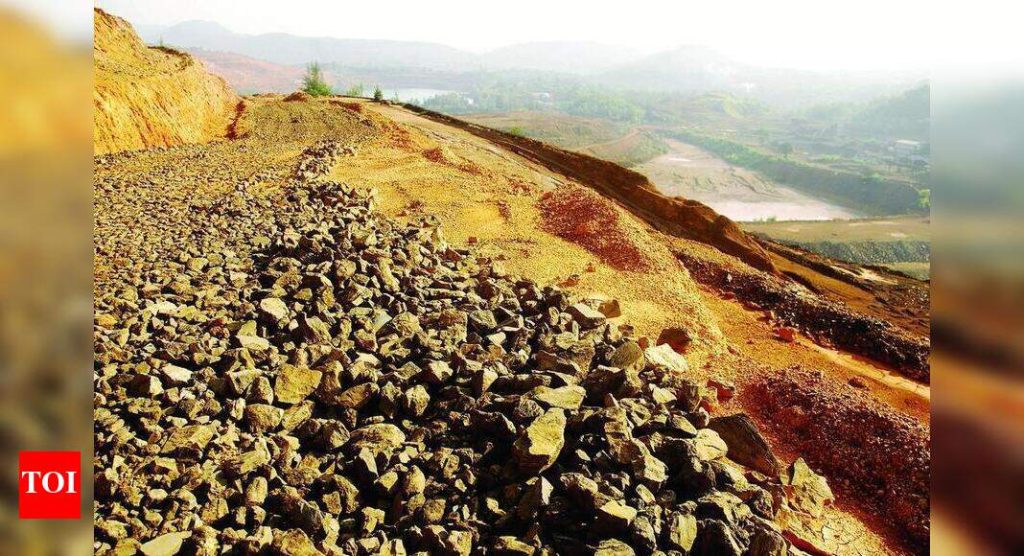Now Reading: Chart Highlights AI’s Impact on Energy Use-Should You Worry?
-
01
Chart Highlights AI’s Impact on Energy Use-Should You Worry?
Chart Highlights AI’s Impact on Energy Use-Should You Worry?

Quick Summary
- Past U.S. electricity demand trends demonstrate technological advancement often compensated by innovations in efficiency:
– In the 1950s and 1960s, electrification, industrial automation, and home appliances caused rapid demand growth (~9% annually).
– Between the 1970s-2000s, improved efficiencies in industrial processes (e.g., steelmaking) and appliances led to stable electricity growth despite mass adoption of computing.
- From 2000-2020, Internet usage and system efficiencies kept electricity demand nearly flat despite rising credit card transactions and LED lighting proliferation.
- Current projections anticipate a meaningful rise (3% annual growth for the next five years) due to AI data centers and battery/semiconductor chip manufacturing.
- an energy expert highlights that today’s higher baseline makes even modest percentage increases challenging but notes historical precedence of innovation mitigating strain.
Indian Opinion Analysis
The projected rise in energy demands linked to AI advancements holds lessons for India as it strives to scale similar technologies while expanding its infrastructure to feed economic growth. U.S. history shows that investments in efficiency can temper long-term energy consumption spikes caused by new tech adoption. For India-a nation facing both immense digitization efforts and growing manufacturing sectors-this reinforces the importance of simultaneously fostering innovation alongside lasting development practices.
The anticipated strain on power grids poses a reminder for proactive investment in renewable energy sources like solar or wind power within data centers or industries dependent on high-consumption technologies. To avoid reliance solely on fossil fuels during this transition phase-the stakes are clear: Manageable electricity expansion paired with resilience against overburdened grids will determine India’s future success amid global competition spearheaded increasingly via emerging AI pipelines.




























